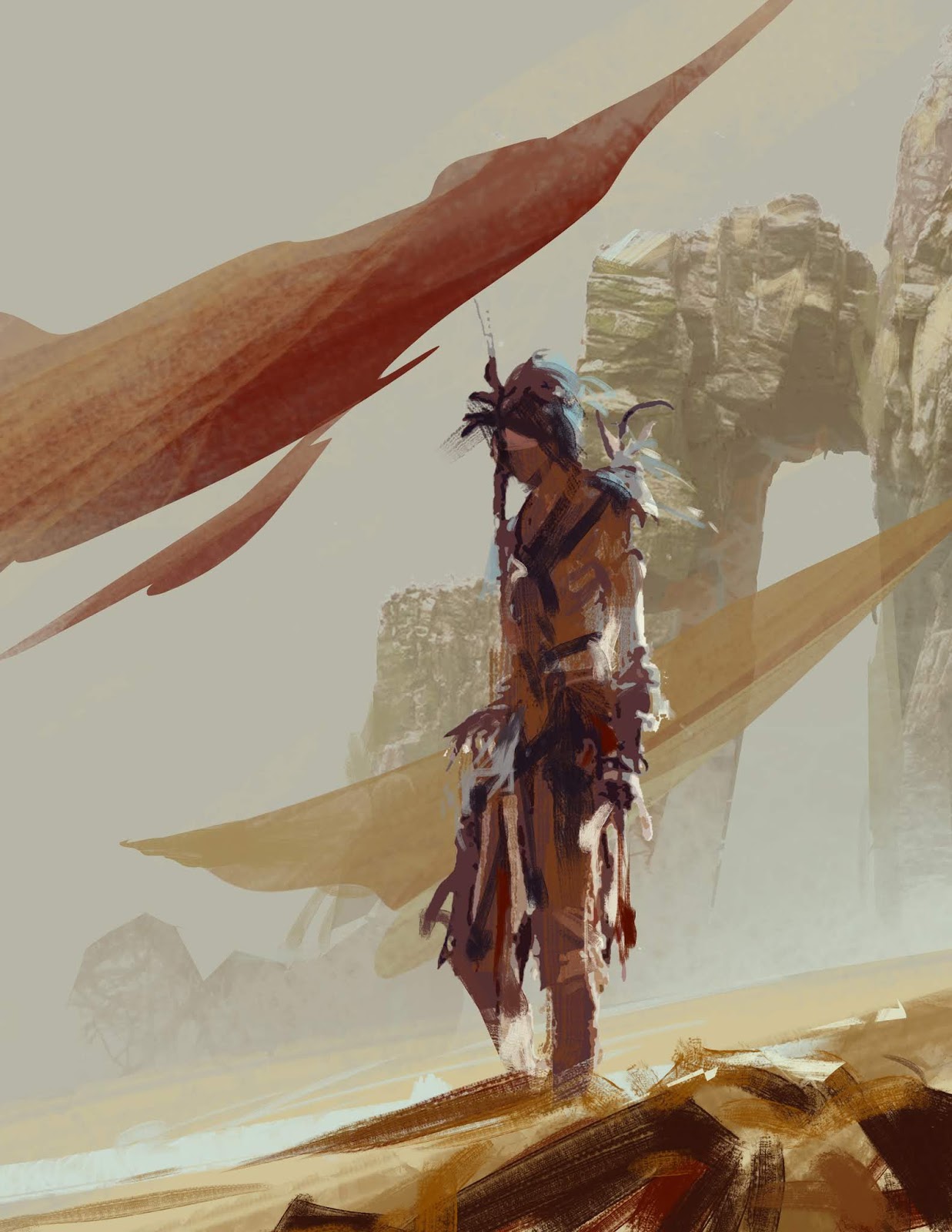
In 1972, after gouache paintings were removed from the Taiwan Provincial Art Exhibitions, he and some other gouache painters formed the “Chang Liu Painting Society”. In 1946, he served as a juror for the Chinese Painting Section of the 1st Taiwan Provincial Art Exhibition. The illustrations for Yang Kui’s interpretations of Records of the Three Kingdoms and Journey to the West were among Lin's famous works. Starting in 1938, he drew illustrations for serialized novels in newspapers and popular fiction books. During this time, he imitated the styles of Song dynasty painters and became better acquainted with Chinese painting. In order to advance his art Lin went back to Kyoto to continue advanced studies at Insho Domoto's Art School Tokyusha from 1935 to 1936. His works Lotus Pond, Sugar Cane, and Evening Glow were named as special selections for the 4th, 6th, and 7th Taitens, respectively.Īside from participating in exhibitions, he also actively participated in various types of painting societies such as Chiayi's Chun-Meng Painting Society, Crow Society, Mo-Yang Painting Group, and the Zili Society, as well as Northern painting societies like the “Sandalwood Association” and the “Liguang Society”. After this, he was selected in each subsequent year of the Taiten.

In 1927, his works Water Buffalo and Southern Gate were selected for the 1st Taiwan Art Exhibition ( Taiten), where, together with Chen Jin and Guo Xuehu, he became known as one of the “ Taiten’s Up-and-Coming Talents”. He also spent much of his early years learning from artists such as Tan Ting-pho and Isaka Kyokko.īetween 19, he lived in Japan and studied Oriental painting at the Kawabata Painting School. Lin grew up with an early passion for painting, and his first instructors were folk painters hired by his family. Lin was raised in a family-owned picture framing store. Lin Yushan ( Chinese: 林玉山 Pe̍h-ōe-jī: Lîm Gio̍k-San 1 April 1907 – 20 August 2004), originally named Lin Yinggui ( Chinese: 林英貴 Pe̍h-ōe-jī: Lîm Ing-Kuì), was a Taiwanese visual artist. Lotus Pond became the first-ever modern painting to receive designation as a national treasure by the Bureau of Cultural Heritage under the Ministry of Culture in 2014.

Water Buffalo and Southern Gate were selected for Taiten in 1927.Also, it is wikipedia, so you have to take things stated on there with a pinch of salt!! Who knows if it is this xiang yu they are referring to in firefly!:-P Rebecca 'Can't stop the signal. He also seems to be more of a warrior and a hero than a dictator. He is traditionally viewed as having an impetuous nature by Chinese historians, and that further inability to realize his shortcomings doomed him to failure during his struggle with Liu Bang over supremacy of China.' Have looked him up using google, lots of stuff about him, but none of it mentions any poems or famous works by him.

The entry for Xiang Yu says: 'Xiang Yu (232 BC – 202 BC) was a prominent general during the fall of the Qin Dynasty.A great general, it took him only several years to put a giant empire effectively at his whim - but he was poor at diplomacy, management and administrative affairs. On the wikipedia entry for the episode War Stories (link at bottom), it says: 'Shepherd Book looks over his shoulder, musing about a "warrior-poet" Xiang Yu'.


 0 kommentar(er)
0 kommentar(er)
